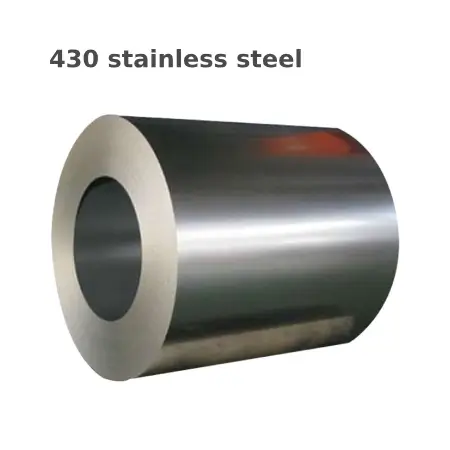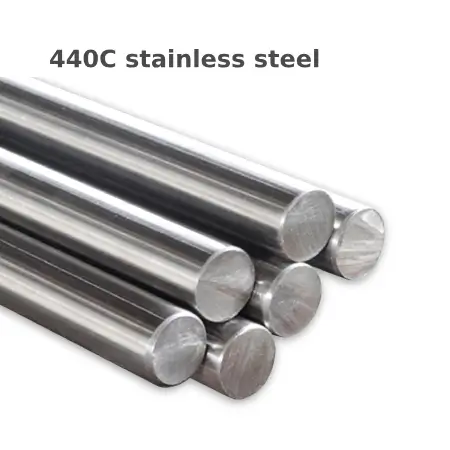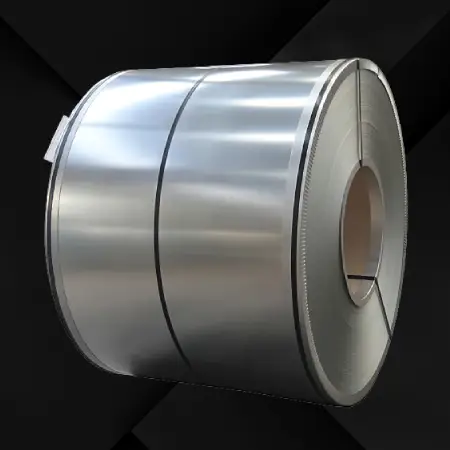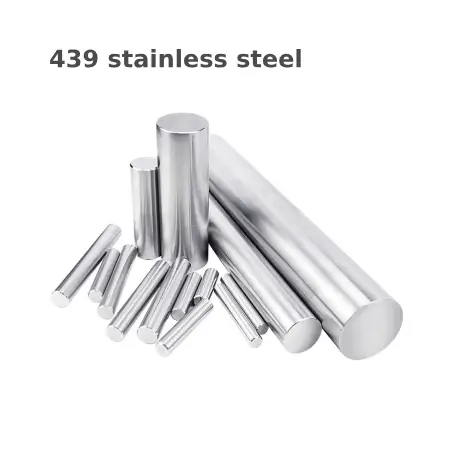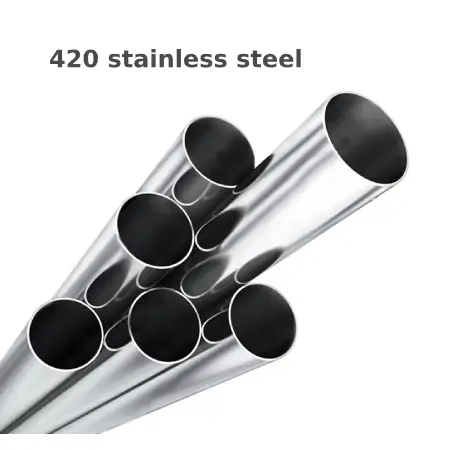430 Stainless steel is a type of ferritic stainless steel that is widely used for its good corrosion resistance, formability, and cost-effectiveness. It is known for being a lower-cost alternative to more expensive grades while still offering many desirable properties.
Introduction to 430 Stainless Steel
Material Composition: 430 Stainless steel contains approximately 16% to 18% chromium, with carbon content typically less than 0.12%. The high chromium content gives it its ferritic microstructure, leading to a lower cost than austenitic stainless steels.
Corrosion Resistance: This grade of stainless steel has good corrosion resistance in mild environments. While not as strong as grades like 316 or 304 in aggressive environments, it provides adequate performance for many interior applications and is resistant to oxidizing acids.
Formability: One of the strengths of stainless steel 430 is its formability, making it a popular choice for deep drawing, bending, and other manufacturing processes that require a malleable material.
Applications: It is used in a variety of applications, including appliances, sinks, exhaust systems, automotive trim, and architectural decorations, thanks to its balance of formability and corrosion resistance.
Surface Finishes: Stainless steel 430 can be supplied with various surface finishes such as the standard mill finish, polished, and electro-polished, which affect its appearance and corrosion resistance.
Heat Treatment: 430 stainless steel cannot be hardened through heat treatment due to its ferritic structure but can undergo annealing, which can improve its formability and soften it for easier manipulation.
Welding: It can be welded using standard techniques, but because of its ferritic structure, care must be taken to avoid embrittlement, particularly when welding with high heat input methods.
Joining: 430 stainless steel can be joined by various methods, including soldering, brazing, and mechanical fastening, in addition to welding.
Chemical properties: While the material is generally corrosion resistant, the lower carbon content helps to prevent intergranular corrosion and makes it more stable in certain chemical environments after heat treatment processes.
Recyclability: Like other stainless steels, 430 is fully recyclable, contributing to its environmental sustainability.
Low Maintenance: 430 stainless steel requires low maintenance and can be cleaned with standard cleaning methods, making it suitable for environments where hygiene is important.
Cost-Effectiveness: With its balance of properties and competitive pricing, 430 is a cost-effective solution for applications where the highest levels of mechanical strength or corrosion resistance are not required.
Special Considerations: The material's performance should be carefully considered based on the application environment. In highly corrosive or industrial settings, more specialized alloys or treatments may be necessary to prevent corrosion.
430 Stainless steel is chosen for its compatibility with various applications that require a balance of formability, surface appearance, and corrosion resistance at an economical price point. It's a versatile material suitable for numerous industries and applications where a higher level of corrosion resistance is not required, making it a practical option for a wide range of products and components.

